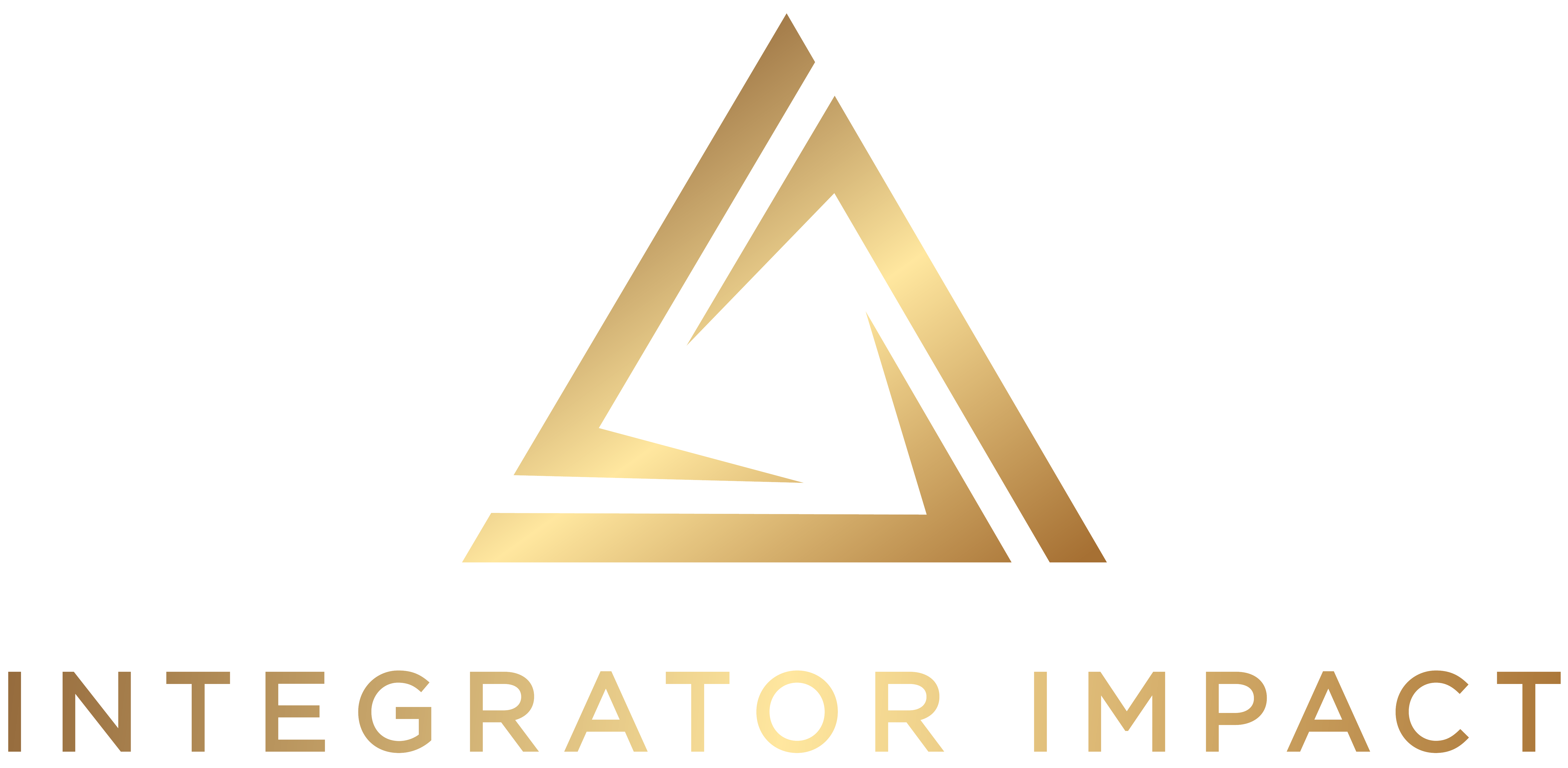4 Ways I Suck at Setting Rocks
4 Lessons Learned About Setting Rocks
Setting Rocks is one of the most powerful tools in the EOS® Toolbox, but it’s also one of the most challenging to master. If you’ve ever struggled with defining, tracking, or completing Rocks, you’re not alone. Here are four hard lessons that can help you improve your Rock-setting process and get better results for your team.
Lesson 1: Define What “Done” Looks Like
One of the biggest mistakes teams make is failing to clearly define what “done” means for a Rock. Without a measurable, black-and-white definition of success, it’s easy to get to the end of the quarter and realize the Rock isn’t truly complete.
Take the time to document what “done” looks like. Be specific and measurable. For example, instead of saying, “Improve the onboarding process,” define it as, “Document and implement a new onboarding process with three training modules and a feedback loop.” When you know exactly what success looks like, it’s easier to create a plan to get there.
Lesson 2: Break It Down Into Milestones
Even with a clear definition of “done,” Rocks can feel overwhelming without a plan. That’s why it’s critical to break each Rock into 3–10 milestones or steps, complete with due dates throughout the quarter. This gives you a roadmap to follow and makes it easier to track progress during your weekly Level 10 Meeting™.
When you document these milestones, you can quickly identify whether you’re on track or off track. This proactive approach reduces stress and ensures you’re consistently moving toward completion.
Lesson 3: Conduct a Mid-Quarter Rock Review
Another common challenge is losing visibility into what everyone else is working on. While you may see Rock titles and updates during your Level 10 Meeting™, it’s often hard to understand the actual work being done.
A mid-quarter Rock review can solve this. Around the sixth or seventh week of the quarter, schedule a two-hour meeting with your leadership team to focus solely on company Rocks. Spend 20 minutes on each Rock, and ask team members to show their work. For example:
- If the Rock involves documenting a process, review the draft or outline.
- If it’s about hiring, look at the candidate pipeline and onboarding steps.
- If it’s tied to sales, review proposals or the list of prospects.
This open and honest review allows the team to provide insights, course-correct if needed, and ensure everyone is aligned.
Lesson 4: Improve Your Prediction Skills
One of the toughest parts of setting Rocks is accurately predicting your capacity. It’s easy to overcommit at the start of the quarter, only to find that unexpected projects or initiatives take up most of your time.
Hindsight is 20/20, so use past quarters to learn and adjust. Build in extra capacity for unknowns or new opportunities that may arise. By being realistic about what you can handle, you’ll set yourself up for success and avoid the frustration of unfinished Rocks.
Take the Next Step
Setting Rocks is a skill that takes time and practice to master. By defining “done,” breaking Rocks into milestones, conducting mid-quarter reviews, and improving your predictions, you can set your team up for success.
Need help refining your Rock-setting process or navigating other EOS® tools? Schedule a free coaching session to get the guidance you need to achieve your goals.



